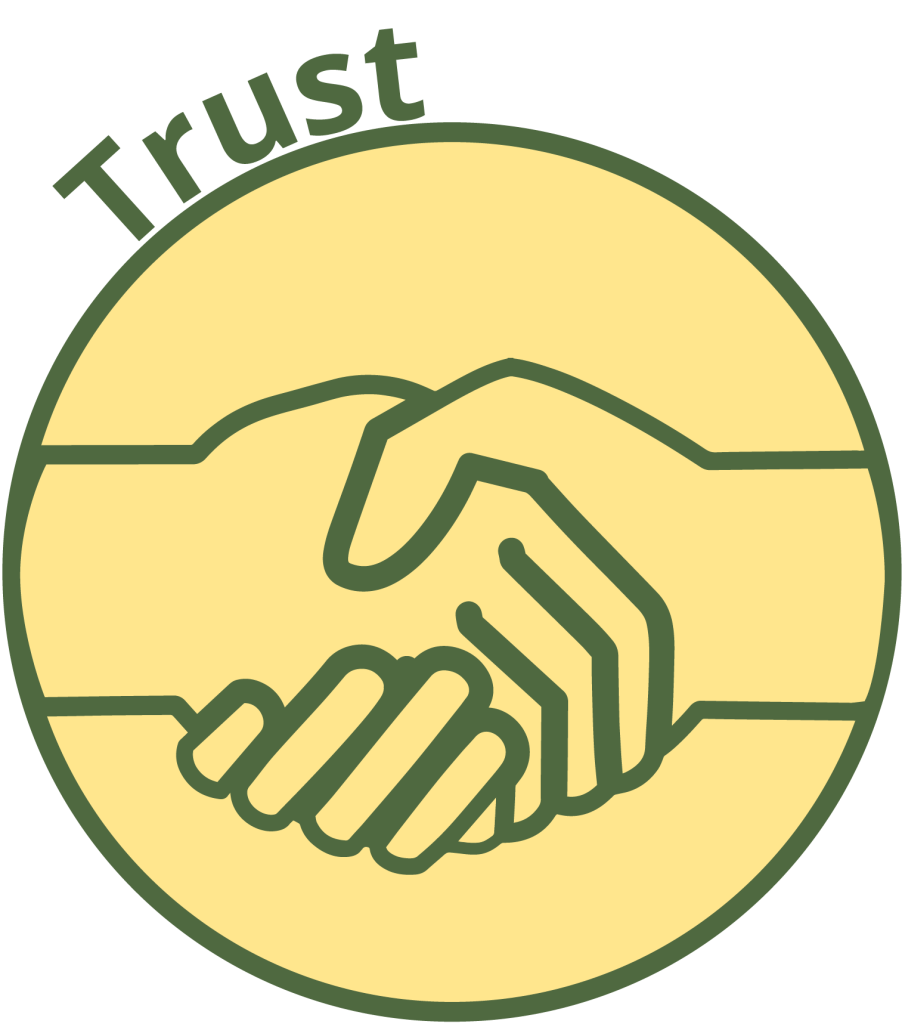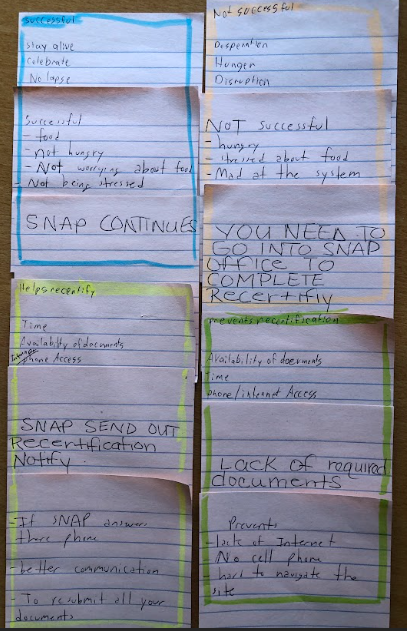
Within the FAIR2 framework, a Data Chat is a collaboration between researchers and community members that aims to improve our understanding of data around a specific social issue. Sitting together around a table, researchers share data and community members share their perspectives based on experiential knowledge. Community members with experiences represented in the data provide subject matter expertise that helps shape the metadata and the assumptions that guide subsequent data analytics.
Our Data Chats were informed by those developed by Data You Can Use (DYCU), a member of the National Neighborhood Indicators Partnership, and outlined in the Urban Institute’s Guide to Data Chats. The guide describes Data Chats as a two-way learning experience between data analysts and community members. Community members examine data in the context of their own experiences and consider its implications for community action. Data analysts contextualize the data with experiential knowledge that may challenge their assumptions and understanding of the data.
We are grateful to Ms. Alice Jackson, Director of ThinkingCapp, who served as a Community liaison and partner for our Data Chats.
Here are some pointers that can guide the development of your Data Chat.

- Obtain IRB approval or exemption for the project.
- Develop a consent form.
- Develop a telephone script and email template to contact participants and schedule a meeting.
- Develop a slideshow with data, figures, and questions about the data and participants’ experiences.
- Ask participants if they would like to be named in acknowledgments or stay anonymous.

- Contact trusted community partners and organizations to recruit participants.
- Order gift cards ahead of time to distribute in person in acknowledgement for participation.
- Develop an icebreaker activity to allow participants to warm up and get to know researchers and one another.
- Develop a timeline for data chats and the follow-up process; share this with participants.
- Include in the presentation the goal of the meetings and the value of their knowledge under FAIR2.

- Contact a local restaurant or caterer and order a diet-inclusive meal and beverages to be shared at each meeting.
- Reserve a meeting location that is accessible and comfortable for participants, preferably at the site of a community organization.
- Prepare a small gift box of sensory items like play dough for all participants to use as we chat, which helps people feel comfortable moving around.
- Develop printed presentation materials so participants can read and listen.
Material Examples
- SNAP Recertification Flyer
- Consent Form
- SNAP Presentation
- SNAP Activity
- SNAP Activity Results

- Sensory Boxes
Handmade sensory boxes consist of dough that can be repeatedly kneaded and leaves hands smelling good, wooden blocks, and other textures to explore with touch.


